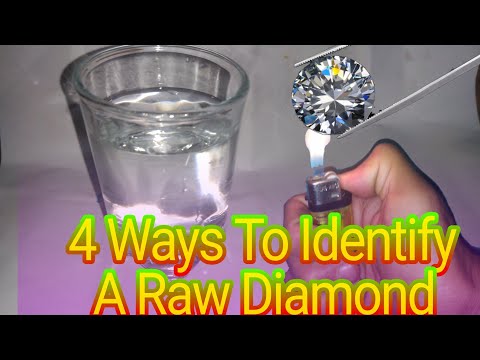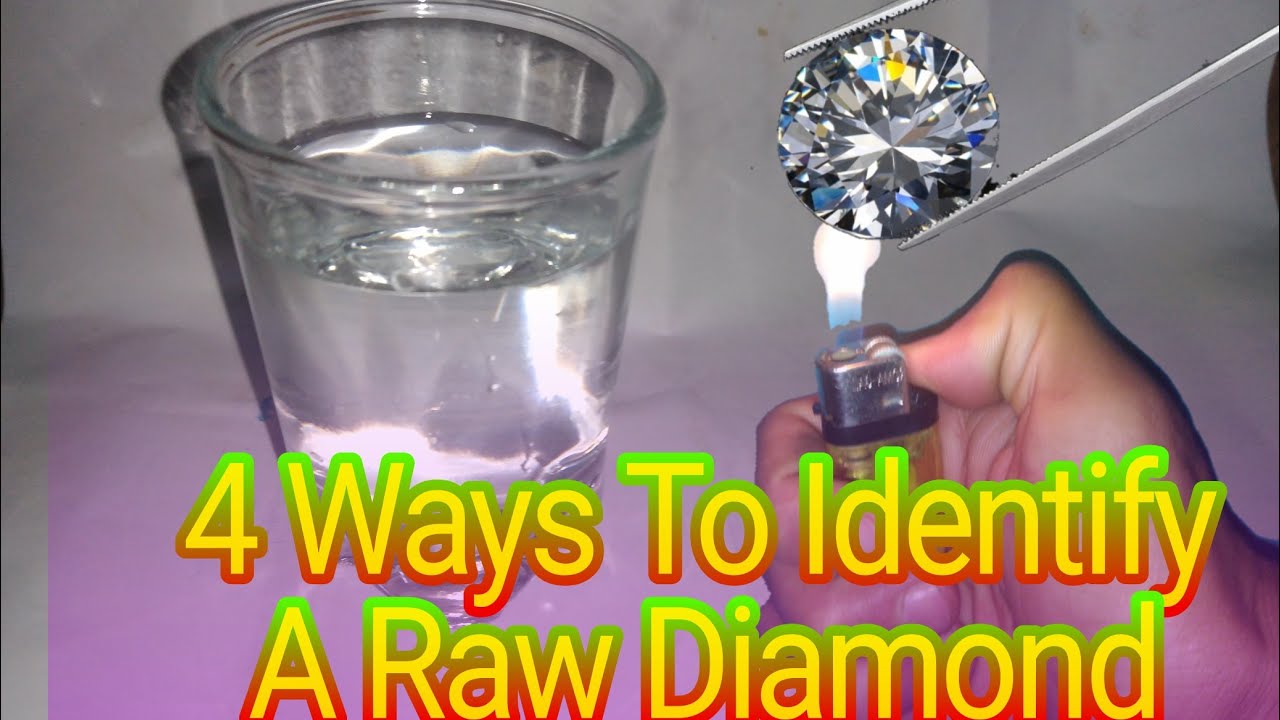Have you ever wondered what a rough diamond looks like? Discover the mesmerizing beauty hidden within these unpolished gems. A rough diamond possesses an undeniable allure that captivates the eye and sparks the imagination. Its raw, unrefined form exudes an aura of mystery and potential, enticing anyone who gazes upon it. With its uncut edges and untouched facets, a rough diamond showcases the untamed essence of nature’s artistic creations. These precious stones, in their original state, possess a unique charm that cannot be replicated. Intriguingly imperfect, a rough diamond holds the promise of transformation, as it holds the key to becoming a dazzling masterpiece. Each rough diamond tells a story of its own, with unpredictable patterns and unconventional shapes that reflect the untamed forces of the Earth. Whether they are nestled in the depths of a mine or held in the palm of your hand, rough diamonds possess an allure that beckons you to explore their hidden wonders. Prepare to be enchanted as you embark on a journey into the world of rough diamonds, where beauty lies beneath the surface, waiting to be unleashed.

Characteristics of a Rough Diamond
| Aspect | Description |
|---|---|
| Color | Rough diamonds come in a range of colors, from colorless to light yellow and even rare hues like blue, green, and pink. The presence of impurities and trace elements contributes to their coloration. |
| Shape | Rough diamonds typically have an irregular shape, resembling a pebble or a rock. Their formation deep within the Earth’s mantle causes them to undergo immense pressure and heat, resulting in their unique shape. |
| Surface Texture | The surface of a rough diamond is often rough and textured, displaying facets, ridges, and natural indentations. These features are a result of their journey from the depths of the Earth to the surface. |
| Transparency | Rough diamonds are usually opaque or semi-translucent, allowing only a limited amount of light to pass through. This characteristic contrasts with the brilliant transparency seen in cut and polished diamonds. |
| Size | Rough diamonds can vary significantly in size, ranging from minuscule grains to large formations. The size depends on various factors, including the duration and conditions of their formation. |
| Inclusions | Rough diamonds often contain inclusions, which are internal flaws or imperfections. These inclusions can include other minerals, fractures, or even small pockets of gas trapped during their formation. |
Studying the appearance of rough diamonds provides valuable insights into their origin, formation, and potential value. The unique combination of color, shape, surface texture, transparency, size, and inclusions within a rough diamond contributes to its overall beauty and allure.
“Uncover the Secrets: 4 Easy Steps to Identify Raw Diamonds at Home”
What Does a Rough Diamond Look Like?
When we think of diamonds, we often picture sparkling, perfectly cut gemstones. However, before a diamond reaches its polished and dazzling state, it begins as a rough diamond. This article will explore what a rough diamond looks like, from its physical appearance to its unique characteristics.
The Physical Appearance of a Rough Diamond
Shape: Rough diamonds typically have an irregular shape, resembling a pebble or a small rock. Unlike their refined counterparts, rough diamonds have not undergone any cutting or polishing processes to achieve a symmetrical shape.
Color: Rough diamonds come in various colors, ranging from colorless to shades of yellow, brown, and even rare colors like blue, green, or pink. The color of a rough diamond depends on the impurities and minerals present during its formation.
Texture: The surface of a rough diamond is often rough and uneven. It may have natural indentations, protrusions, or even small chips. This texture is a result of the diamond’s formation deep within the Earth’s mantle.
Unique Characteristics of a Rough Diamond
Inclusions: Rough diamonds commonly contain inclusions, which are internal flaws or imperfections. These inclusions can take the form of other minerals, cracks, or tiny air bubbles. Inclusions are essential in identifying a diamond’s authenticity and can affect its value.
Shape Variations: Each rough diamond is unique, and their shapes can vary greatly. Some rough diamonds may have a more pronounced octahedral shape, resembling two pyramids placed base to base, while others may have a more rounded shape, resembling a pebble.
Size: Rough diamonds come in a wide range of sizes, from tiny fragments to large stones weighing several carats. The size of a rough diamond can influence its potential value and the size of the polished diamond it may yield.
Identifying a Rough Diamond
Sparkle: While rough diamonds may not possess the same brilliance as their polished counterparts, they can still exhibit a subtle sparkle. When light interacts with the diamond’s facets, it can create a unique play of light, which can be observed even in its rough state.
Hardness: One of the defining qualities of a diamond is its exceptional hardness. Rough diamonds are among the hardest substances on Earth, scoring a 10 on the Mohs scale of mineral hardness. This hardness makes them resistant to scratches and gives them their characteristic durability.
Transparency: Rough diamonds can range in transparency from opaque to translucent. While some rough diamonds may have a cloudy appearance due to their internal structure, others may possess a certain level of transparency, allowing light to pass through to some extent.
Uses of Rough Diamonds
Jewelry: Rough diamonds are essential in the creation of stunning jewelry pieces. They serve as the starting point for diamond cutters and gemologists, who carefully study the rough diamond’s characteristics and determine the most suitable cut to maximize its beauty and value.
Industrial Applications: Rough diamonds are not limited to their use in jewelry. Due to their hardness, they are utilized in various industrial applications. They are used in tools, such as diamond-tipped drills, saws, and grinding wheels, to cut through tough materials like concrete and stone.
Investment: Rough diamonds have become a popular investment option for those seeking to diversify their portfolio. Investors purchase rough diamonds with the expectation that they will increase in value over time. The rarity and uniqueness of rough diamonds contribute to their potential as an investment asset.
Conclusion
In conclusion, a rough diamond possesses distinct physical characteristics that set it apart from its polished form. Its irregular shape, varied colors, and unique textures make each rough diamond a one-of-a-kind gem. Understanding the appearance and qualities of rough diamonds allows us to appreciate the journey from a rough stone to a brilliant, polished diamond.

